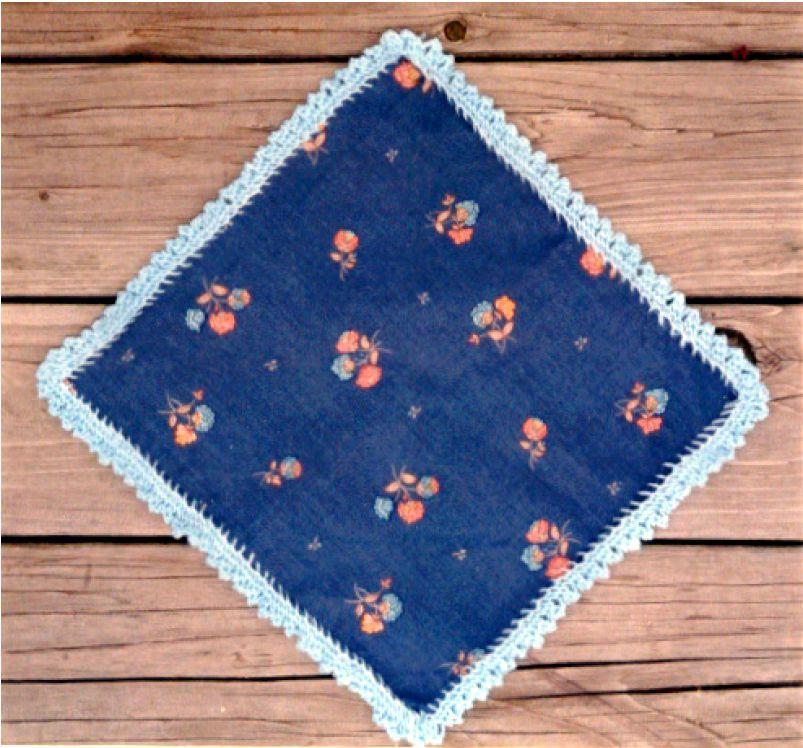Attaching fabric to your knits seems easy enough, right? Just cut the fabric to fit the knitting, then sew it on with a few running stitches. Ah, but like most techniques, it’s a little more complicated than that.
You don’t have to own a sewing machine — or even be skilled in sewing — to attach fabric to your knits. But you do need to put some thought into how you are attaching fabric to your knits to ensure a long-lasting union that doesn’t rip out or stretch.
Find out just a few of the best ways to attach fabric to knits, and be sure to share your favorite ways in the comments!

via Craftsy member vcatherall
Hand sewing
Overcast stitch
The overcast stitch, also known as the whip stitch, connects fabric to knits while still allowing the knits to stretch, even if the fabric doesn’t stretch. This is useful for things like adding linings to bags. The Urban Pocket pictured above, for example, uses an overcast stitch to attach the interior lining to the knitting before gluing it to the purse frame.
Get a how-to for hand sewing the overcast stitch here.
Blind stitch
If you’re looking for a stitch that’s a little more invisible than the overcast stitch, the blind stitch is a good option. While it’s not as sturdy as the overcast stitch, it can still provide a nice seam between fabric and knitting.
Get a how-to for hand sewing the blind stitch.

Knit Edge Hankie pattern via Craftsy member Frugal Knitting Haus
Blanket stitch
The blanket stitch is perfect for when you need to stitch down a foundation for attaching fabric and knitting, like in the Knit Edge Hankie pictured above. The blanket stitch provides stitches that you can slide onto your needles, then you can easily add a knitted edge from there.
Blanket stitch would also work on its own as a decoration around the edge if you were, for instance, adding a fabric backing to a knitted piece without any kind of special decorative edging.
Get a how-to for hand sewing the blanket stitch at the bottom of this post.
Sewing machine
If you’re not a fan of hand sewing, you can also use a sewing machine to sew your knits. A sewing machine isn’t recommended for delicate knits like lace-weight sweaters. But if your knitting can stand up to some strong stitching, a sewing machine is a fast way to attach knits to fabric.
Here are just a few things to keep in mind if you choose to use a sewing machine:
- Go slowly and handle the fabric and knitting delicately.
- Practice on a swatch before you attempt to sew the actual project.
- If the stitches are skipping or bunching up, adjust the tension of the stitches.
- If you have one, use a walking foot to help ease the fabric and knitting along.
- The thicker the knit, the longer and wider the stitch should be. Use short, narrow stitching on thin fabrics and knits.
If the sewing machine seems like a good fit for your fabric and knitting project, check out even more tips for sewing handknits with a machine.
Not sure when you’d need to attach fabric to your knits? There are plenty of examples of combining knitting and sewing here.

This was really smart, and I think you might have an idea for me. I have a knit cardigan that has gotten too short, and I wanted to add some cotton patchwork to the bottom of it to make it longer. Is that even possible? I don’t usually work with knits. I only work with quilting cotton.